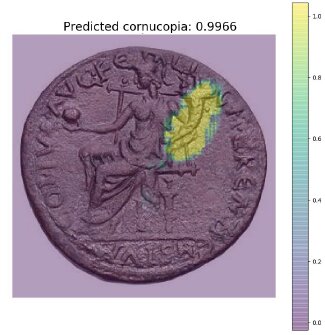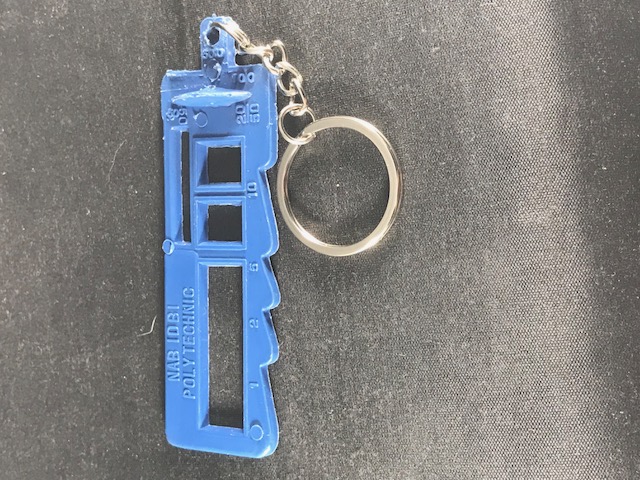When it comes to coin identifier apps, it really depends on what you want to use it for. In this post, I will give you an overview of what is out there in terms of coin identifier apps, and coin identification solutions and related research.
The purpose of coin identification
The first question is, how would you like to use a coin identifier app. Options can vary, and so can the solutions. Is it a subset of coins within a certain currency, do you want to identify dates, value, mint marks, quality, errors, etc. Depending on the purpose, certain coin identification is possible.
Identification within the coins of one currency
The simplest is telling the difference among a certain subset of coins, for example when using a vending machine. In this case, depending on the currency, differentiating between 4-8 coins is relatively easy. However, in this case, it is not the coin what is recognized, rather the parameters of the coin, diameter, thickness, and possibly weight. Often these machines assume that people use the currency of the country where the machine is placed. Strictly speaking, we can’t talk about identification apps, but similarly to apps, the use of information technology is necessary.
When coin sorters were still new, this allowed for tricking these machines. I remember when I grew up in Hungary, people used their 5 Forint coins when they went to Austria instead of 5 Shillings. The measurements of these coins are approximately the same, but at the time 1 Shilling was worth 3-4 Forints. I will leave it up to you what you think it is good for.
Here are the parameters:
| 5 Forints | 5 Shillings | |
|---|---|---|
 |
 |
|
| Weight | 5 g | 4.8 g |
| Diameter | 23.4 mm | 23.5 mm |
| Thickness | 1.6 mm | 1.51 mm |
| Composition | copper-nickel | copper-nickel |
The data is from Numista.
As you can see, the difference is not that big, especially if you consider the difference fluctuation due to the regular wear of coins. I even heard that people created coin size metal objects to fool machines, though there the weight could differ much more which modern sorters could identify.
Identifying dates and writing
Identifying date and text is something that would not be a commonly used feature, as it would most likely be interesting for coin collectors only. Though there is technology out there that could do much better than what we currently have in terms of identification software, this is a relatively unexplored area.
There are two things that would work here, using artificial intelligence (AI) to teach a huge number of coins to a software, or using optical character recognition (OCR). The second is less complex, because it is easier to find dates, or names of currency then teaching hundreds of thousands of coins to AI.
Though there isn’t a full featured coin text recognition software, there is a way to use OCR to get dates and text off of coins, but unless the collector is blind like I am, it is much simpler just to read what is written on the coin. Earlier I wrote about how I use OCR to recognize text on my coins.
Identifying coin images
Similarly to how people are identified on photos, coin images can also be recognized. However, this requires a large database of coin images. Here one of the major problems will be to create a database large enough to recognize any coin. Currently there are some extensive databases, but these are mostly used for viewing. These images could be used theoretically with the help of machine learning to identify coins. The other problem is that especially older coins can be of lower quality, and there is often the issue of different varieties or minting errors.
Coin identification examples
Let me show you three approaches, which are promising in future coin identification, using text and image recognition.
The first one is based on image recognition. At the University of St. Andrews, Jessica Cooper and Ognjen Arandjelovic developed a solution to identify coins the same way people would approach it. Instead of comparing coin to coin, they analyze parts of images which can be found on a coin. Their software describes a coin based on what can be found on it, just like a person would explain what it would look like. They have analyzed over a hundred thousand auction records and compare the coins to those images. Though it only works with ancient coins, the size of the database allows a broad sprectrum of recognizable coins. You can read more about their coin identification research here.

The second solution is developed by the American Numismatic Society, called the “Online Coins of the Roman Empire” (OCRE), which requires more human intervention, but it makes coin identification much faster than using a catalogue. The idea is to describe a coin we want to identify in order to narrow it down to what it is. In this case, we can use any information we have. We can specify the composition of the coin or enter anything into the tool that’s legible on the coin. Based on how much we know about the coin, the search tool will filter out the possible options. You can read more about this project or try the tool itself.
The third is developed by Tim Rathjen, called LookZee, which takes an interesting approach. It uses machine learning to identify coins, but also uses crowdsourcing. It is an app that you can run on your phone and take pictures of your coins. The pictures can be identified, but they are also used to expand the database of existing coins. This coin identifier app is able to identify dates and mint marks as well. At this point this solution only recognizes US coins. You can download the app here.
Barcode based coin identification
Though identifying coins by bar code loosly belongs to this category, for the sake of completeness it is worth mentioning. These days when coins are certified, the coin slab will receive a bar code. The certification companies such as PCGS or ICG make a searchable database available where this bar code can be entered or identified, and we can get information about a particular coin.
Conclusion
What is out there is definitely much more than what I have listed above. These are only the major trends in the area of coin identification. If you are looking for a Swiss army knife for coin identification, it is definitely not out there, especially not in the form of coin identification apps. At this point you can’t just hold a coin to your phone and tell what it is. But there are some interesting and useful tools and initiatives. I have been reading about these solutions in the last ten years, and coin identification technologies are rapidly evolving. It is worth monitoring this space, because even today you might just find what you need, and hopefully we will see much more innovation in the near future.



